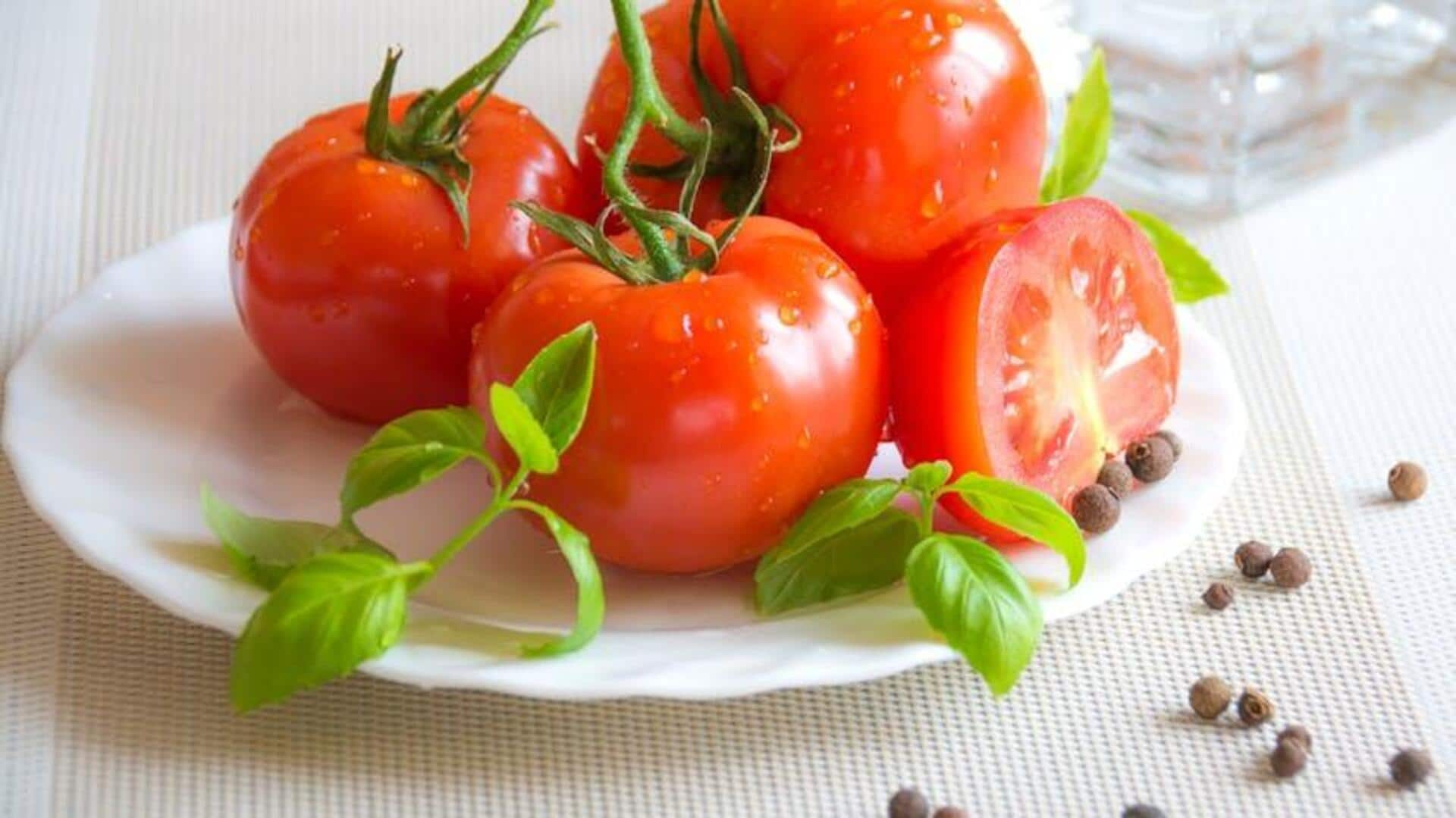
The evolution of tomato: From wild fruit to culinary cornerstone
What's the story
The tomato is a kitchen staple across the world, but did you know it has a rather fascinating history? The tomato originated as a wild fruit in South America, and over centuries, it has evolved into an essential ingredient in diverse cuisines. Here's how a small, wild berry became a culinary cornerstone, adapted and cultivated by different cultures and climates.
#1
From wild origins to domestication
Tomatoes originated from the Andean region of South America, where they grew as small wild berries. Indigenous peoples started domesticating them over 2,500 years ago. These early cultivators selected for larger fruits and better flavors, gradually transforming the tomato into the modern fruit we know today. The domestication process involved selecting plants with desirable traits such as size and taste, leading to the diverse varieties we see today.
#2
European introduction and acceptance
Tomatoes made their way to Europe in the 16th century after Spanish explorers brought them back from their voyages. Initially, tomatoes were looked upon with suspicion, as they resembled poisonous nightshades. Hence, they took time to be accepted as food. But by the 18th century, they became a rage in Mediterranean countries like Italy and Spain, owing to their adaptability and flavor-enhancing properties.
#3
Global spread through trade
The global distribution of tomatoes was made possible by trade routes established during colonial times. As tomatoes journeyed across continents, they adjusted to various climates and soils. This adaptability ensured their survival in a range of conditions, from Asia's tropical regions to North America's temperate zones. Today, tomatoes are cultivated on every continent except Antarctica.
#4
Modern cultivation techniques
Advancements in agriculture have also had a significant impact on tomato cultivation. Greenhouse farming and hydroponics enable year-round production and efficient use of resources. These modern techniques maximize yield per square meter, as opposed to practices of yore. Today, these innovations are widely adopted, ensuring optimal results and success in tomato cultivation across the globe.